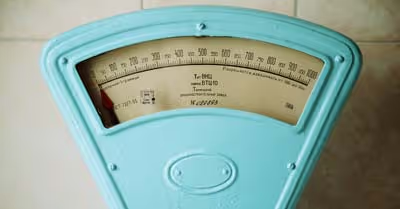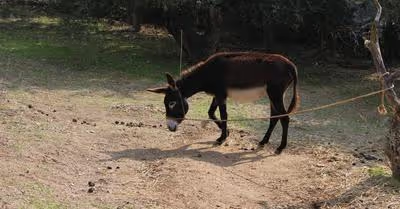Table of Contents
How Much Does The Moon Weigh?
Measured in pounds, the mass of the moon is a whopping 1.62 X 1023 lbs. Scientific measurement makes the figure manageable, but taking away the notation presents an impressive 24 digit figure – with heavy rounding, 16,200,000,000,000,000,000,000 lbs.
Compared to the numbers that we usually use to measure objects, it’s an almost inconceivable sum. Even so, it still pales in comparison to the mass of Earth and many other celestial bodies. However, despite having enormous masses, the moon and other bodies like it do not actually have weight, a concept based on the relationship between weight and the force of gravity.
Ultimately, the reason that the moon has no actual weight is due to its location as a body in outer space. Unlike mass, weight is a measurement that requires the presence of gravity. If you have a cup sitting on your desk in front of you, its weight is the force of gravity pushing down on it against the desk. If this cup was, like the moon, suspended in orbit around the earth, it would no longer retain any measurement of weight. Instead, it could only be measured by its inherent mass, a value that isn’t affected by the presence or lack of gravity. This concept applies equally to all bodies that are suspended in space. Consequentially, although the Earth has a higher value of mass than the moon does, it likewise has no weight. The same can be said for celestial bodies ranging from small asteroids to stars like the sun itself.
Theoretically, if the moon was placed on the surface of the Earth, it would have a weight approximately equal to its mass. However, the force of gravity is different in different parts of the Earth. If the moon were placed on top of Mount Everest, its weight would be somewhat different from its weight at the equator. At any place, however, the force of gravity on an object so large and heavy would cause it to collapse on itself and start pushing through the crust of the Earth. It’s quite nice to admire its mass when its orbiting weightless in outer space, but we should all be happy that we should never have to actually know it’s weight on the Earth, as the consequences would be disastrous.
If you visited the surface of the moon itself, like the astronauts on the Apollo mission did, you would find that it does have its own force of gravity that affects objects on its surface. While the moon has no weight in space, moon rocks on its surface do. The gravity exerted on objects on the moon’s surface is significantly less than on Earth, which is why astronauts seemed to float slightly with the steps that they took on its surface. When moon rocks are taken from the moon to the Earth, they likewise have weight created by the force of gravity on the surface of the Earth.
So, although we cannot weigh the moon itself, we can weigh moon rocks. NASA ultimately collected over two thousand moon rocks over the course of the Apollo missions, most of which remain in the program’s hands. Others have gone to museums or scientific research. Because of these samples, bits of the moon have been given values of weight measured according to Earth’s gravity. All totaled, these rocks had a combined weight of 842 pounds. The sum total of fragments of the moon that have been affected by Earth’s gravity is higher than this, thanks to meteorites and a very small amount of samples obtained by the Soviet space program (less than a pound).
The mass of the moon is far from the only impressive number that our closest celestial body boasts. Although it’s barely over a fourth of the size of the Earth, the moon still has a mean radius of over 1,000 miles, giving it a diameter of over 2,000 miles. The circumference at its equator is over 6,750 miles. What really gives a sense of its size and scale, however, is the actual surface area of the moon – 14.6 million square miles. Humans have only ever touched a tiny bit of all that land. Even with modern photography of the infamous “dark side of the moon,” there’s still so much of this object orbiting our Earth that remains truly unexplored. It’s incredible to think about the vast mystery of the whole universe when even the very nearest corner of our own solar system is still a foreign object in so many ways.
One comparison that highlights the size and mass of the moon is the difference between it and Pluto, which was formerly classified as a planet itself. Pluto may be small, but it was still large enough for astronomers to identify in 1930 despite being over three billion miles from Earth, and it retained its classification as a planet for decades. It has a radius of approximately 700 miles and circumference of approximately 1400, only about two-thirds of the radius circumference of the moon. The difference in mass is even more shocking, with Pluto’s mass only making up 18% of the moon’s. Were the moon in orbit around the sun rather than around Earth itself, it doubtless would have likewise received planetary classification for a time before the necessary size to be considered a planet was eventually standardized.
No matter what measurements you use or what standards you hold for it, the moon is undeniably an object of enormous mass and size. The universe and so much of what it contains is truly vast and staggeringly huge. Hopefully, research and science will continue to provide more information about the moon and other bodies in space for us to study and learn from in the future.
Recent Articles
















